Find Help
More Items From Ergsy search
-

Having a Caesarean Section
Relevance: 100%
-

Planned caesarean section
Relevance: 100%
-
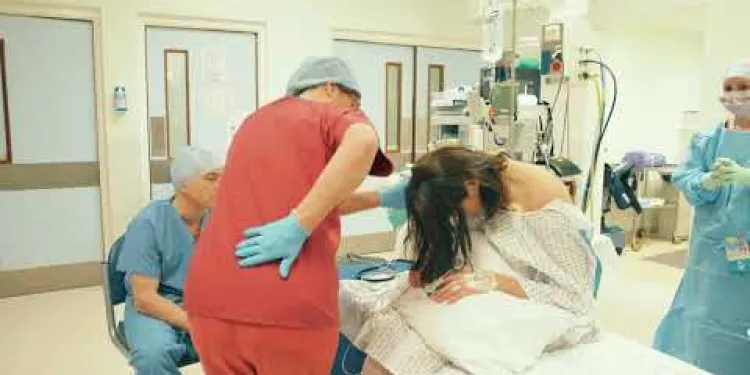
Having a planned caesarean section
Relevance: 91%
-

Spinal Anaesthesia for Caesarean Section
Relevance: 90%
-

Is spinal anaesthesia safe for a Caesarean section?
Relevance: 81%
-

Can my partner be with me during the Caesarean section?
Relevance: 79%
-
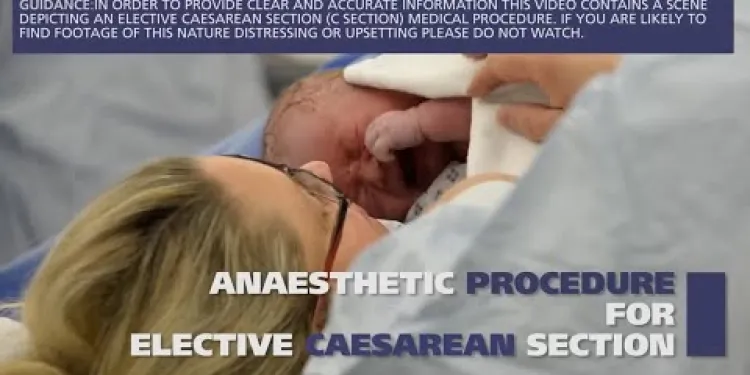
Anaesthetic procedure for elective caesarean section (C section)
Relevance: 75%
-

Can I have a natural birth after a Caesarean section?
Relevance: 71%
-
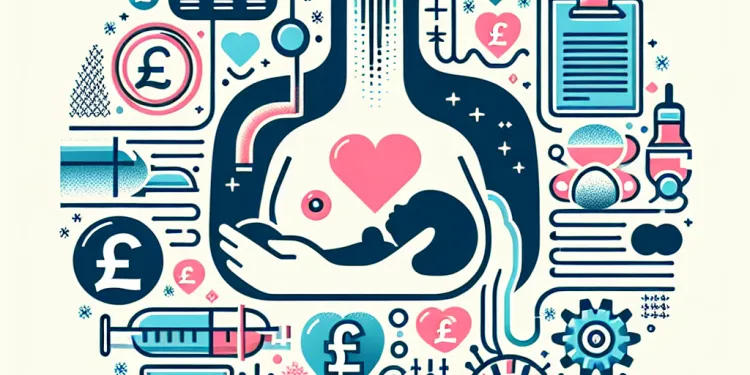
Can I breastfeed immediately after a Caesarean section under spinal anaesthesia?
Relevance: 68%
-
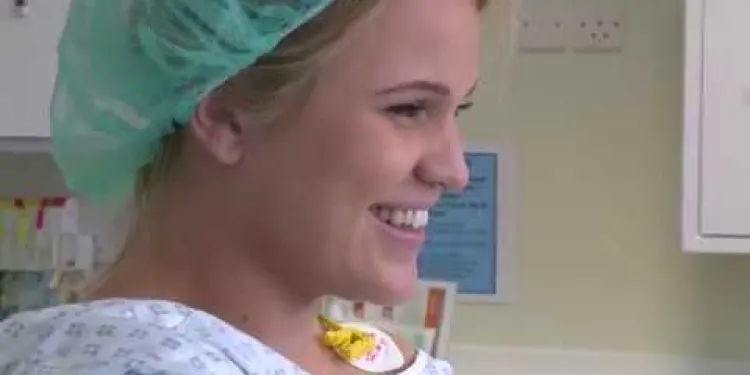
Your Caesarean birth
Relevance: 65%
-

What is a Caesarean birth?
Relevance: 59%
-
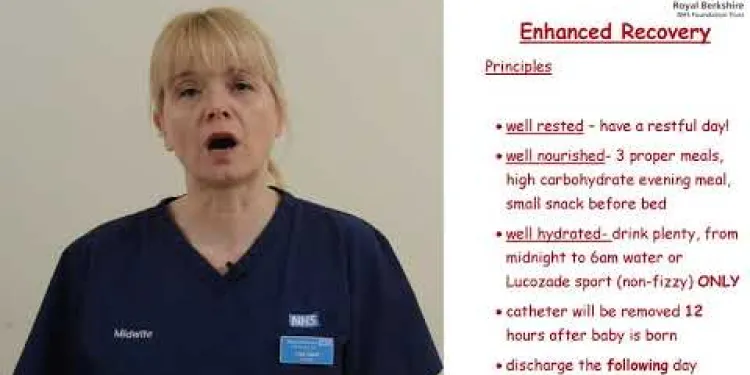
Pre operative Information for Planned Caesarean Birth
Relevance: 54%
-

Why might a Caesarean birth be necessary?
Relevance: 52%
-

Children Act 1989 section 20 - Legislation
Relevance: 42%
-

Can I breastfeed after a Caesarean birth?
Relevance: 42%
-
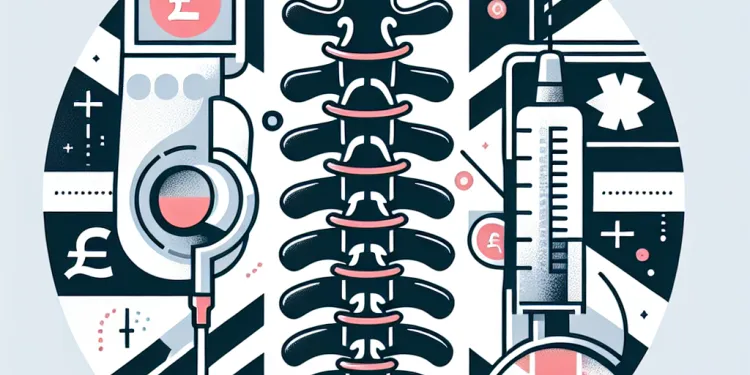
What are the alternatives to spinal anaesthesia for a Caesarean section?
Relevance: 40%
-

How long does it take to recover from a Caesarean birth?
Relevance: 30%
-

How can I prepare for the DVSA Theory Test?
Relevance: 20%
-

What is the DVSA Theory Test?
Relevance: 20%
-

What is the pass mark for the DVSA Theory Test?
Relevance: 18%
-

Epidural for labour at North Bristol NHS Trust
Relevance: 15%
-

Is a C-section a common procedure in the UK?
Relevance: 15%
-
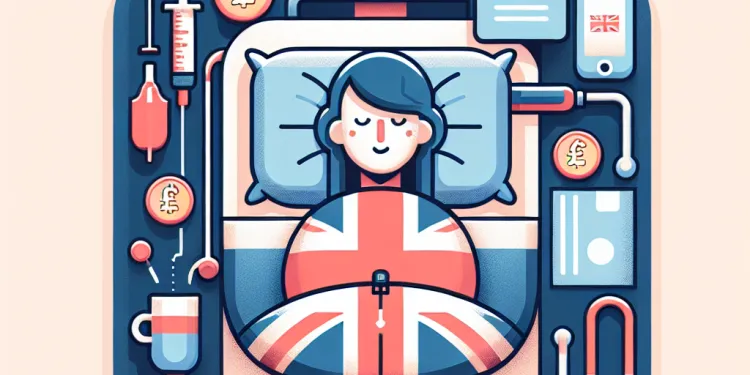
Will I be awake during a C-section?
Relevance: 14%
-

What causes postnatal depression?
Relevance: 14%
-

Where can I find official announcements on the National Living Wage?
Relevance: 13%
-

What should customers do if they have further questions about refunds?
Relevance: 12%
-

How are customers being informed about their eligibility for refunds?
Relevance: 12%
-

HIV and pregnancy | NHS
Relevance: 12%
-
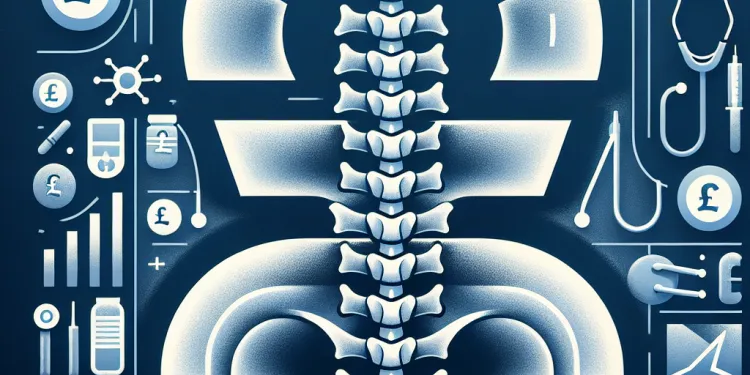
How will I be positioned for spinal anaesthesia?
Relevance: 12%
-

Can my partner be present during the C-section?
Relevance: 12%
-

Are there any dietary restrictions before a C-section?
Relevance: 12%
-

What are the risks associated with a C-section?
Relevance: 12%
-

Having an epidural in labour at St Michael's Hospital
Relevance: 12%
-

How should I prepare for a C-section?
Relevance: 11%
-

How long will I stay in hospital after a C-section?
Relevance: 11%
-

How can I manage pain after a C-section?
Relevance: 11%
-

What is the recovery process like after a C-section?
Relevance: 11%
-

How can I check recent login activity on my social media accounts?
Relevance: 11%
-

NHS Pensions | All you need to know
Relevance: 11%
-
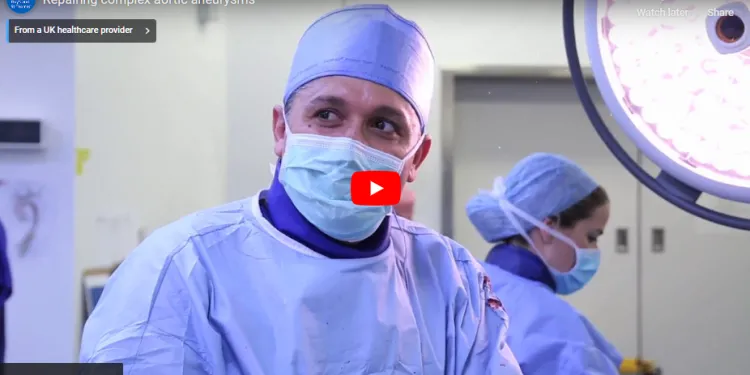
Repairing complex aortic aneurysm
Relevance: 11%
Having a Caesarean Section
What is a Caesarean Section?
A caesarean section, commonly referred to as a C-section, is a surgical procedure used to deliver a baby through incisions made in the mother's abdomen and uterus. This method of delivery is typically considered when a vaginal birth would be risky for the mother or baby.
Reasons for a Caesarean Section
Several medical conditions can necessitate a caesarean section. These include abnormal positioning of the baby, issues with the placenta, a large baby, multiple births, or health problems in the mother, such as high blood pressure or infections. Sometimes, a planned caesarean is arranged in advance, but it can also be done as an emergency procedure during labour.
Preparation and Procedure
In the UK, if a caesarean section is planned, you will be given information and advice on how to prepare. The operation usually takes around 45 minutes to an hour. You will receive regional anaesthesia (either a spinal or epidural) to ensure you are pain-free but awake during the procedure. General anaesthesia may be used in some emergency situations.
Post-operative Care
After a C-section, you will need to stay in the hospital for a few days. Recovery involves managing pain with prescribed medication, avoiding strenuous activities, and taking steps to prevent infections such as keeping the wound clean and dry. Regular hospital check-ups will be scheduled to ensure proper recovery.
Pros and Cons
While a caesarean section can be life-saving, it also carries risks. These can include infections, blood clots, and longer recovery times compared to vaginal births. However, for some mothers and babies, the benefits of a C-section outweigh these potential risks. It's essential to discuss all options with your healthcare provider to make the best decision for your situation.
Support and Guidance
The NHS provides comprehensive guidance on caesarean sections. You can seek advice from your midwife, GP, or obstetrician who will provide personalised information based on your health and pregnancy. Understanding the process and being prepared can help alleviate concerns and ensure a smoother experience.
Having a Caesarean Section
What is a Caesarean Section?
A caesarean section, or C-section, is an operation to help a baby be born. The doctor helps the baby come out through a cut in the mother's tummy. This is done when it might be unsafe to have the baby come out the usual way.
Reasons for a Caesarean Section
There are different reasons for a C-section. Sometimes the baby is not in a good position, the baby is very big, or there are more than one baby. Other times the mother might be unwell. A doctor might decide on a C-section before the baby is born, but sometimes it happens in a hurry during birth.
Preparation and Procedure
If a C-section is planned, you will get information on how to get ready. The operation takes about 45 minutes to an hour. You will get special medicine to stop you from feeling pain, but you will be awake. Sometimes, if it's an emergency, you might be asleep during the operation.
Post-operative Care
After a C-section, you will stay in the hospital for a few days. You need to rest and take medicine to help with pain. You should not do heavy activities. Keep the place where you had the cut clean and dry to avoid infections. You will see the doctor regularly to check you are healing well.
Pros and Cons
A C-section can be very helpful, but it also has risks. These can include getting infections, blood clots, and a longer time to get better. But for some parents and babies, a C-section is safer. Talk to your doctor about what is best for you.
Support and Guidance
The NHS offers a lot of advice on C-sections. You can talk to your nurse, doctor, or pregnancy specialist for information based on your health. Knowing what to expect can help you feel more at ease.
Frequently Asked Questions
What is a Caesarean section?
A Caesarean section, also known as a C-section, is a surgical procedure in which a baby is delivered through an incision made in the mother's abdomen and uterus.
When is a Caesarean section necessary?
A Caesarean section may be necessary for various reasons including complications during labour, the baby being in an abnormal position, signs of fetal distress, the mother having certain medical conditions, or if the mother has had a previous C-section.
Can I choose to have a Caesarean section?
In the UK, you can choose to have an elective Caesarean section after discussing the benefits and risks with your healthcare provider. Your request will be considered, taking into account your specific medical circumstances.
What are the risks associated with a Caesarean section?
Risks include infection, blood loss, blood clots, injury to organs, reactions to anesthesia, and a longer recovery period compared to vaginal birth.
How long does a Caesarean section take?
The procedure typically takes between 45 minutes to an hour, from the initial incision to the stitching up of the wound.
What type of anesthesia is used during a Caesarean section?
Most Caesarean sections are performed under regional anesthesia, such as a spinal or epidural block, which numbs the lower part of the body. In some cases, general anesthesia may be used, where the mother is put to sleep during the procedure.
What can I expect during recovery after a Caesarean section?
Recovery typically involves staying in the hospital for 3-4 days, managing pain with medication, and gradually increasing physical activity. Complete recovery can take about 6 weeks.
When can I resume normal activities after a Caesarean section?
You should avoid strenuous activities and heavy lifting for at least 6 weeks. Gradually resume normal activities based on your comfort level and follow your healthcare provider's advice.
How do I care for my incision after a Caesarean section?
Keep the incision clean and dry, avoid tight clothing, and follow your healthcare provider's instructions for wound care. Watch for signs of infection such as redness, swelling, or unusual discharge.
Can I breastfeed after a Caesarean section?
Yes, you can breastfeed after a Caesarean section. It may require finding comfortable positions and possibly seeking support from a lactation consultant.
What emotional support is available after a Caesarean section?
Emotional support can be obtained from family, friends, support groups, and mental health professionals. Your healthcare provider can also refer you to counselling services if needed.
Will having a Caesarean section affect future pregnancies?
Having a C-section may affect future pregnancies, including the possibility of needing repeat C-sections or risks associated with VBAC (Vaginal Birth After Caesarean). Discuss your options with your healthcare provider.
Can my partner be present during the Caesarean section?
Yes, in most UK hospitals, your partner or a support person can be present during the C-section. However, it is best to check the specific hospital's policy.
What happens if I go into labour before my scheduled Caesarean section?
If you go into labour before your scheduled C-section, contact your healthcare provider immediately. They will assess the situation and decide whether to proceed with an emergency C-section or continue with vaginal birth.
What should I pack in my hospital bag for a Caesarean section?
Pack comfortable clothes, maternity pads, toiletries, baby clothes, nappies, any medications you're taking, and items to keep you entertained. Include items that facilitate breastfeeding and comfortable clothing that won't irritate your incision.
What is a C-section?
A C-section is an operation to help a baby be born.
Doctors make a cut in the mom's belly and take the baby out. It's another way to have a baby when it's hard to do it the usual way.
If you want help, you can talk to a doctor or a nurse.
You can also look at pictures or watch simple videos to see how it works.
A Caesarean section, or C-section, is an operation. A doctor helps the baby come out by making a cut in the mom's tummy and uterus.
When do you need a Caesarean section?
A Caesarean section, or C-section, is an operation to help a baby be born. Sometimes, it's safer for the baby and mother. Here are some reasons why it might be needed:
- The baby is not coming out the usual way during birth.
- The baby is in a difficult position.
- There are problems with the mother’s health.
- There are problems with the baby’s health.
- There is more than one baby (like twins).
If you need more help, talking to a doctor or nurse can be good. They can answer questions and help decide what is best.
A Caesarean section is a special kind of operation to help a baby be born. Sometimes, mums need this operation for different reasons. It might be because there are problems during the baby's birth, the baby is not in the right position, there are signs that the baby is not well, the mum has some health problems, or the mum had this kind of operation before.
Can I ask for a Caesarean section?
Yes, you can talk to your doctor about having a Caesarean section. This is an operation to help deliver your baby. It is important to ask your doctor about the good and bad things of having a Caesarean.
If you have questions, you can:
- Talk with your doctor or nurse.
- Ask a family member or friend for help.
- Use a picture book to understand better.
Your doctor will help you decide what is best for you and your baby.
In the UK, you can ask to have a planned Caesarean section. This is a special way to have a baby. You should talk to your doctor about why you want it and if it is safe for you. Your doctor will listen to you and think about your health needs before deciding.
If you find reading hard, here are some tips to help:
- Read slowly and take your time.
- Use a finger or a pen to follow the words.
- Ask someone to read with you.
- Try using text-to-speech tools to hear the words.
- Break the text into smaller parts.
What are the dangers of having a C-section?
There are some things that can go wrong, like getting an infection, losing too much blood, blood clots, hurting other parts inside the body, feeling sick from the medicine that makes you sleepy, and taking longer to get better than if the baby was born through the vagina.
How long does a C-section take?
A C-section is a special way to have a baby. It is an operation where doctors help the baby come out by making a cut in the mom's tummy.
This usually takes about 30 to 60 minutes.
Ask your doctor if you have more questions.
It’s okay to use pictures or videos to help understand.
The whole process usually takes about 45 minutes to an hour. This includes from the first cut to when the doctor finishes sewing up the cut.
What kind of medicine is used to stop pain during a C-section?
A C-section is an operation to help a baby be born. Doctors use special medicine so you do not feel pain. There are two kinds of medicine:
- Spinal block: This medicine goes into your back. It makes your body numb from your belly down. You will be awake but won't feel pain.
- Epidural: This medicine goes through a small tube in your back. It also makes you numb and stops pain. You can stay awake during the operation.
Sometimes, doctors use a general anesthesia. You will be asleep with this medicine. You won't feel anything or know what is happening.
If you want, you can ask someone to help explain this to you before the operation. They can use simple words and pictures to help you understand.
Most C-sections use special medicine to make you feel numb from the waist down. This is called a spinal or epidural block. It means you won’t feel anything in your lower body.
Sometimes, the doctors use a different kind of medicine to help you sleep during the surgery. This is called general anesthesia.
If you are having a C-section, you can ask your doctor questions. You can also ask someone you trust to help you understand what will happen. You can write down things you want to ask before your hospital visit. Taking deep breaths and staying calm can also help you feel better.
What happens after a Caesarean section?
After a Caesarean section, you need time to get better. This is called recovery.
Here’s what to expect:
- You might feel sore or tired.
- Doctors and nurses will help you.
- You will stay in the hospital for a few days.
- It might hurt to move or lift things.
- Take your medicines if you need them.
- Ask for help from family or friends.
Remember, it is okay to take your time to heal. Listening to your body helps you get better.
When you get better, you usually stay in the hospital for 3 to 4 days. You will take medicine to help with pain. Start moving a little each day. It takes about 6 weeks to feel all better.
When can I start doing regular things again after a Caesarean section?
A Caesarean section is an operation to help a baby be born. It might take some time for your body to heal.
Ask your doctor when you can start doing regular things again. Everyone heals differently, but it often takes about 6 weeks.
Here are some tips to help:
- Rest as much as you need to. Sleeping helps your body get better.
- Do not lift heavy things. Ask for help if you need it.
- Eat healthy food. Good food helps your body heal.
- If you have questions, you can talk to a doctor or nurse.
Don't do hard exercises or lift heavy things for 6 weeks. Start doing normal activities slowly. Listen to your body and follow your doctor's advice.
How do I look after my cut after a C-section?
Here is how to take care of your cut after having a C-section:
- Keep your cut clean and dry.
- Be gentle when washing around the cut.
- Do not scratch or pick the cut.
- If a bandage covers the cut, change it as your doctor says.
- Watch for signs of infection like redness, swelling, or pus.
- If you see problems, tell your doctor right away.
- Try not to lift heavy things.
- Rest as much as you can.
- Ask for help if you need it.
Using a reminder app on your phone can help you remember to check and care for your cut every day.
Keep the cut clean and dry. Don't wear tight clothes. Do what your doctor tells you to take care of the cut. Look out for signs of infection, like redness, swelling, or stuff coming out.
Can I breastfeed after a Caesarean section?
Yes, you can breastfeed your baby after a Caesarean section. This is often called a C-section. Here are some tips to help you:
- Ask for help: Nurses and doctors can show you how to hold your baby comfortably.
- Use a pillow: A pillow can help support your baby and make feeding easier.
- Find a good position: Try different positions like lying down or sitting up to see what feels best.
- Stay relaxed: Take deep breaths and stay calm to help milk flow more easily.
Remember, it's okay to ask for help anytime!
Yes, you can breastfeed after having a Caesarean section. You might need to find comfortable ways to hold your baby. You can also ask for help from a breastfeeding expert.
What help is there for feelings after a C-section?
Having a baby by surgery, called a C-section, can make you feel many things. Here is some help for how you feel:
- Talk to Someone: Share how you feel with family, friends, or a counselor.
- Join a Group: Meet other mums who had C-sections. You can share stories and help each other.
- Relax and Rest: Take time to rest. Do things that help you feel calm. Maybe try deep breathing or listen to soothing music.
- Ask for Help: It is okay to ask for help with your baby and chores. Family and friends can help you a lot.
If you feel very sad, tell a doctor. They can help you feel better.
You can get help for your feelings from family, friends, or groups. Doctors who help with feelings can also help you. If you need more help, the person who cares for your health can tell you where to go to talk to someone.
Can a Caesarean hurt my next baby?
If you have a C-section, it might change your next pregnancy. You might need another C-section, or there could be risks with having a baby naturally after a C-section. Talk to your doctor about what is best for you.
Can my partner be with me during the C-section?
Yes, your partner can usually be with you during the C-section. A C-section is a type of surgery to help your baby come out safely. Your partner can be there to support you.
Here are some things to help:
- Ask the doctor or nurse if your partner can be in the room with you.
- Your partner can hold your hand and talk to you to help you feel better.
- Bring something comforting, like a favorite blanket or picture.
Yes, in most hospitals in the UK, your partner or a person to help you can be there when you have a C-section. But it's a good idea to check what the hospital says about this.
What if my baby comes before my planned C-section?
If your baby wants to come before your planned C-section, don't worry. Here is what you can do:
- Stay calm and breathe slowly.
- Tell someone you trust what's happening.
- Call your doctor or midwife right away.
- They will tell you what to do next.
- They might ask you to go to the hospital.
Support tools:
- Have a hospital bag ready for you and your baby.
- Use a phone to call for help.
- Keep a list of emergency numbers handy.
If your baby is ready to be born before your planned C-section, call your doctor or midwife right away. They will check how you and the baby are doing. Then they will decide if you need a quick C-section or if you can have the baby in the usual way.
What should I pack in my hospital bag for a C-section?
Here is a simple list of things to pack:
- Comfy clothes for you
- Toothbrush and toothpaste
- Shampoo and soap
- Hairbrush
- Phone and charger
- Snacks and drinks
- Clothes and nappies for the baby
- Medicine that you take
- Important papers and a pen
Remember, you might like to have someone help you pack. You can also make a checklist to be sure you do not forget anything.
Bring comfy clothes, things to wash with, clothes for your baby, nappies, and any medicine you need. Pack things to help you breastfeed and clothes that are soft and won't bother your tummy. You might also want things to do like a book or music.
Useful Links
- Ergsy carfully checks the information in the videos we provide here.
- Videos shown by Youtube after a video has completed, have NOT been reviewed by ERGSY.
- To view, click the arrow in centre of video.
- Most of the videos you find here will have subtitles and/or closed captions available.
- You may need to turn these on, and choose your preferred language.
- Go to the video you'd like to watch.
- If closed captions (CC) are available, settings will be visible on the bottom right of the video player.
- To turn on Captions, click settings .
- To turn off Captions, click settings again.
More Items From Ergsy search
-

Having a Caesarean Section
Relevance: 100%
-

Planned caesarean section
Relevance: 100%
-

Having a planned caesarean section
Relevance: 91%
-

Spinal Anaesthesia for Caesarean Section
Relevance: 90%
-

Is spinal anaesthesia safe for a Caesarean section?
Relevance: 81%
-

Can my partner be with me during the Caesarean section?
Relevance: 79%
-

Anaesthetic procedure for elective caesarean section (C section)
Relevance: 75%
-

Can I have a natural birth after a Caesarean section?
Relevance: 71%
-

Can I breastfeed immediately after a Caesarean section under spinal anaesthesia?
Relevance: 68%
-

Your Caesarean birth
Relevance: 65%
-

What is a Caesarean birth?
Relevance: 59%
-

Pre operative Information for Planned Caesarean Birth
Relevance: 54%
-

Why might a Caesarean birth be necessary?
Relevance: 52%
-

Children Act 1989 section 20 - Legislation
Relevance: 42%
-

Can I breastfeed after a Caesarean birth?
Relevance: 42%
-

What are the alternatives to spinal anaesthesia for a Caesarean section?
Relevance: 40%
-

How long does it take to recover from a Caesarean birth?
Relevance: 30%
-

How can I prepare for the DVSA Theory Test?
Relevance: 20%
-

What is the DVSA Theory Test?
Relevance: 20%
-

What is the pass mark for the DVSA Theory Test?
Relevance: 18%
-

Epidural for labour at North Bristol NHS Trust
Relevance: 15%
-

Is a C-section a common procedure in the UK?
Relevance: 15%
-

Will I be awake during a C-section?
Relevance: 14%
-

What causes postnatal depression?
Relevance: 14%
-

Where can I find official announcements on the National Living Wage?
Relevance: 13%
-

What should customers do if they have further questions about refunds?
Relevance: 12%
-

How are customers being informed about their eligibility for refunds?
Relevance: 12%
-

HIV and pregnancy | NHS
Relevance: 12%
-

How will I be positioned for spinal anaesthesia?
Relevance: 12%
-

Can my partner be present during the C-section?
Relevance: 12%
-

Are there any dietary restrictions before a C-section?
Relevance: 12%
-

What are the risks associated with a C-section?
Relevance: 12%
-

Having an epidural in labour at St Michael's Hospital
Relevance: 12%
-

How should I prepare for a C-section?
Relevance: 11%
-

How long will I stay in hospital after a C-section?
Relevance: 11%
-

How can I manage pain after a C-section?
Relevance: 11%
-

What is the recovery process like after a C-section?
Relevance: 11%
-

How can I check recent login activity on my social media accounts?
Relevance: 11%
-

NHS Pensions | All you need to know
Relevance: 11%
-

Repairing complex aortic aneurysm
Relevance: 11%


